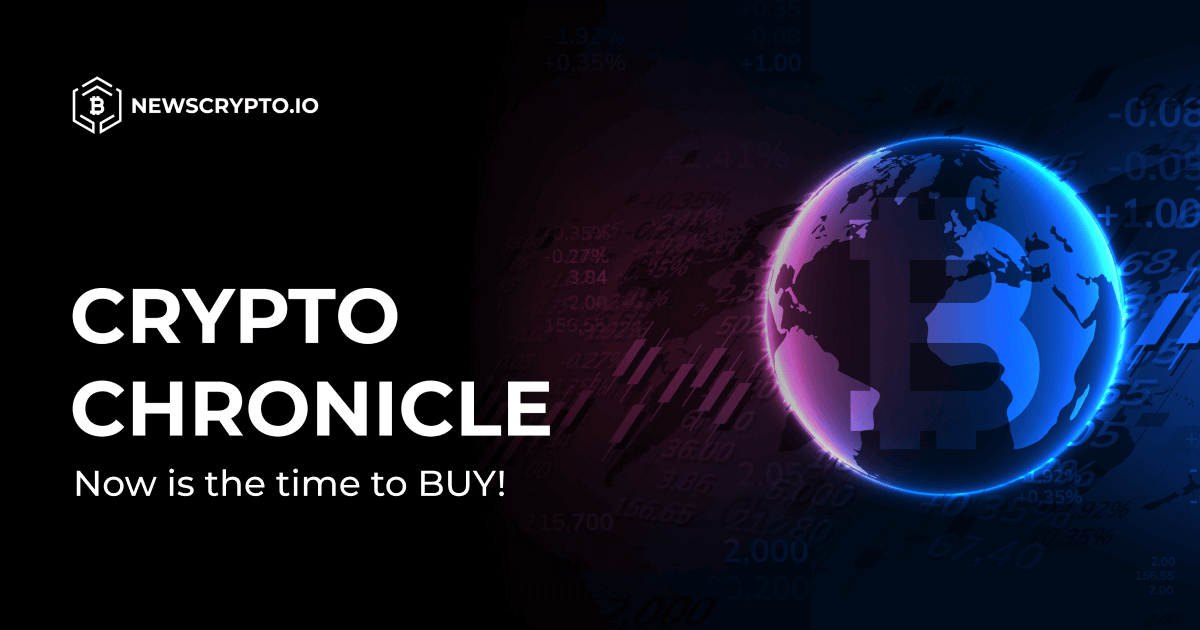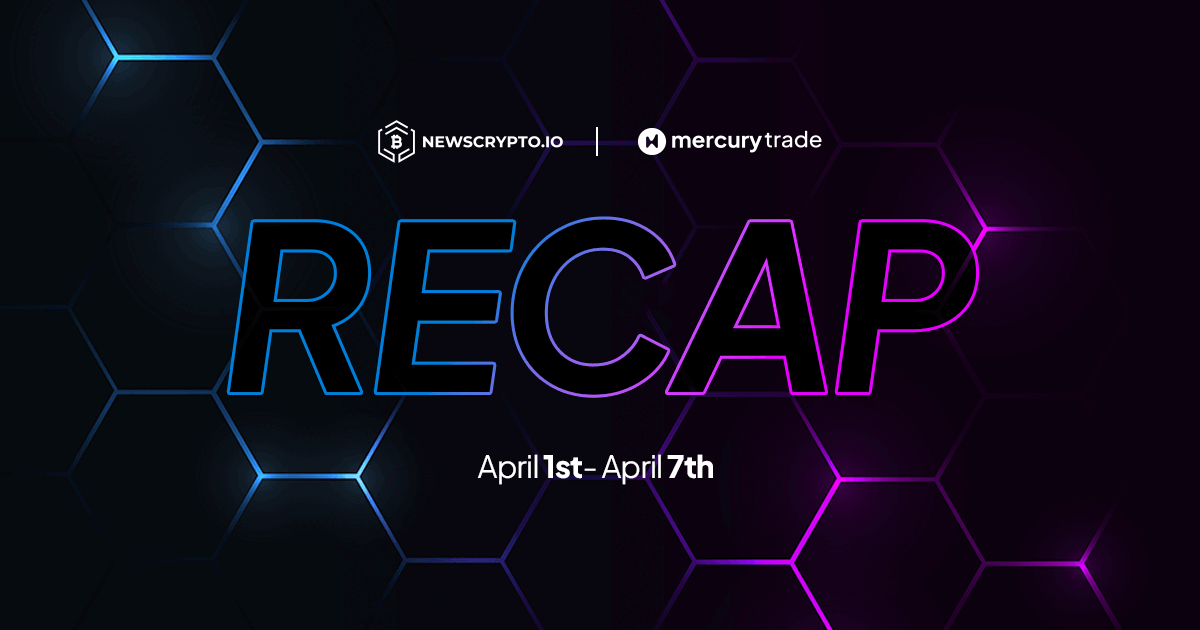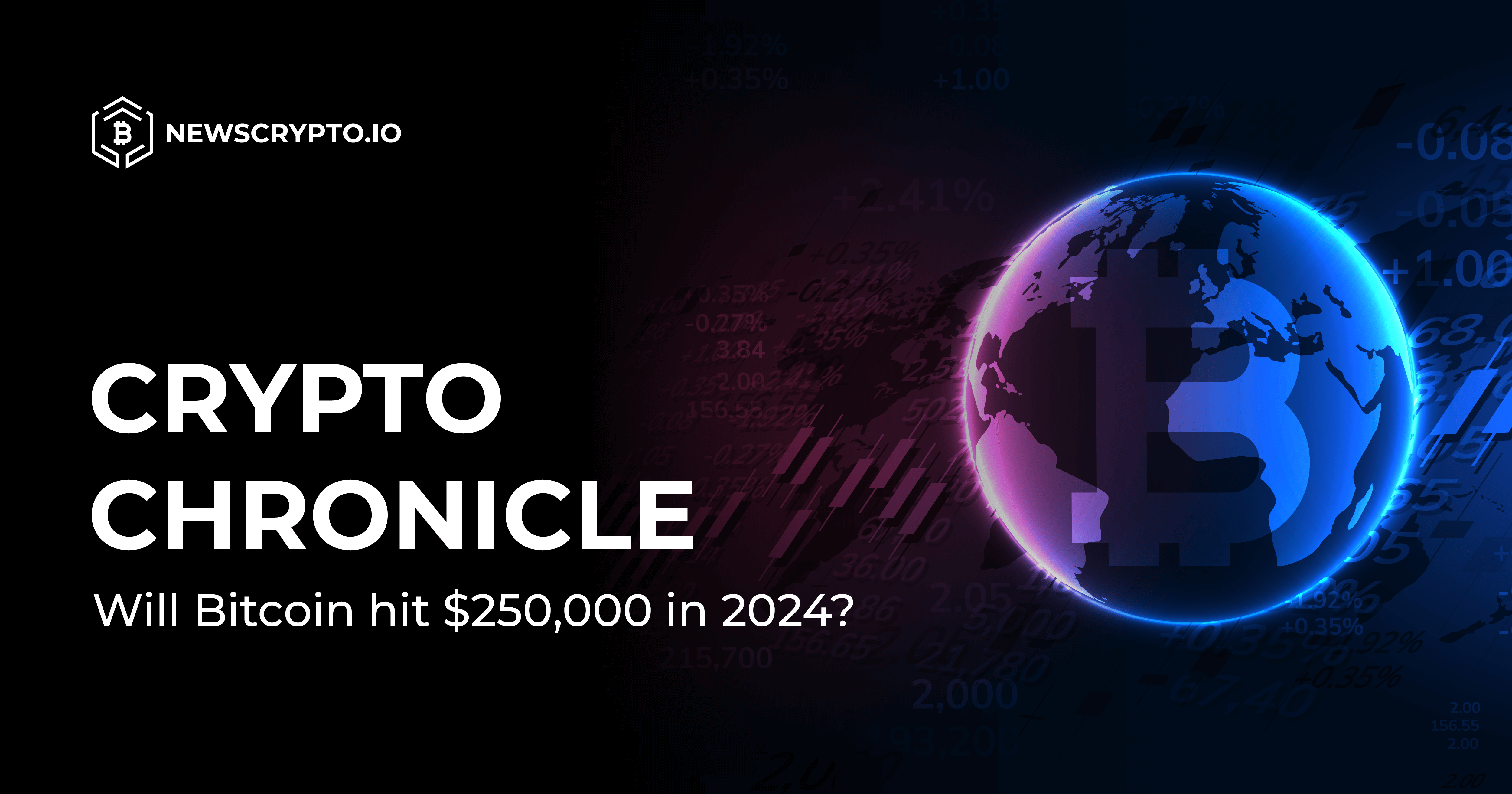If there is one thing we can all agree about crypto it’s the fact that it moves with an astonishing pace. Last year we witnessed ‘booms’ in many different sectors of the crypto market. These sectors have managed to vastly outperform others during their ‘boom’ seasons. Examples are explosions of coins associated with the DeFi sector at the beginning of the year, followed by a ‘NFT season’. One of the biggest years in crypto ended with money flowing into metaverse related projects. Somewhere in between was even a meme coin season inspired by Dogecoin, when tokens without real utilities managed to vastly outperform the broader market.
Since crypto is such a fast-paced market, staying up to date with new trends is key, if you want to capitalize on opportunities they have to offer. The latest trend that has been gaining traction in crypto is Move to Earn (M2E), a sector that offers a unique opportunity of being rewarded for performing fitness related activities.
Lots of people resonated with the idea of getting paid to work out, which helped increase demand for Move to Earn tokens. As these projects gained more and more traction, they even earned their own category on CoinGecko, which means you can find all of these projects in one place, ranked by their market cap. The biggest one, called STEPN, is already the 82th biggest crypto project with a market cap of almost $900 mm.
If you’re asking yourself questions like: ‘Am I too late? Are there any risks? How can I capitalize on this exciting opportunity?’ then you’ve come to the right place, as it is the aim of this blog to entertain these questions. Let’s dive right into it!
What is Move to Earn (M2E)?
Move to Earn sphere is usually classified as a part of a bigger Play to Earn (P2E) sphere. While the majority of projects that fall into a ‘Play to Earn’ category reward users for engaging with fellow users in online activities they offer, ‘Move to Earn’ user base is usually incentivized to perform physical activities in real life through their platforms, connecting blockchain technology with the physical world. These M2E apps basically reward you with native tokens and other incentives for performing exercises such as walking, jogging, swimming or other activities that keep you fit.
Which are some M2E projects?
As already mentioned, the most popular Move to Earn project is StepN. In order to start earning $GST using their app, you must purchase or rent from another user one of four different types of sneakers (Walker, Jogger, Runner, or Trainer), each being specifically designed to suit a certain intensity and fitness level. The digital shoes are in the form of a non-fungible token (NFT) that costs at least 12 SOL (around $500). Even though they can be resold later on, the entry fee is still not a trivial amount for any casual player. On top of $GST, StepN also has another token called $GMT, which is used to manage the platform and it is acquired on external exchanges or earned by those with sneaker NFTs at level 30 or above.
Step App is another popular platform, where users must purchase and stake upgradeable sneaker NFTs called Sneaks in order to start earning rewards, which come in the form of their native cryptocurrency $FITFI. One difference with Step App is that it also offers staking. Users can stake $FITFI token to get NFT drop tickets to ‘Lootbox events’, and win NFTs in the form of Sneaks, skins, avatar badges and tags. On the Step App platform players can also challenge their peers by staking funds in a winner takes all race.
The Move to Earn project, which allows users to earn without making an initial investment through their free-to-play model is called Genopets. Their platform encourages users to take better care of their minds and body by immersing them in a gamified experience where they nurture, combat, and grow digital animals - Genopets, which can be traded. Genopets has two tokens. Governance token $GENE is used to steer the game’s development and underlying processes, while $KI token is what players get as rewards. The following can be used to refine crystals and buy habitats for their Genopets in order to boost their stats, which helps grow future rewards.
Where are the opportunities to make money?
Move to Earn projects offer some unique money-making opportunities. The most obvious way to make money is to use one (or more) of these apps and earn their native tokens and get rewarded for performing physical exercises. This way you can earn crypto tokens based on your movement, which is tracked by your smartphone. Some concepts offer additional income sources, such as in-game revenues, while some allow you to speculate by flipping sneaker NFTs.
The second way to earn money in the M2E space is to invest early in the tokens of these projects. If you believe in a particular project’s business model and you’re willing to bet that there is still room for lots of new users and investors, you can buy their tokens and wait for them to increase in value. Since M2E tokens have been where the money has been flowing into lately, lots of money can be made if you pick the right one. For example, GMT's value increased by a staggering 3,500% between March and April 2022 alone.
What are the risks?
The problem with the majority of these Move to Earn games is that their business model can turn against them once the inflow of new players begins to decline. As fewer and fewer people purchase projects’ tokens that are used to buy NFTs and an increasing number people cash theirs out as the value and motivation for play diminishes over time, the same value of these tokens can plunge. Once tokens start losing value and the app stops (or does it in a much smaller quantity) providing a form of income, the motivation to use ceases to exist for more and more people. This self-perpetuating spiral can wipe out all of the ‘collateral’ (in terms of initial investment), especially of the latest users. Therefore it’s essential to carefully weigh risks and potential rewards, particularly if you have to pay big sums of money in order to start collecting the rewards or in case there are signs that the model isn’t sustainable even in the short run.




